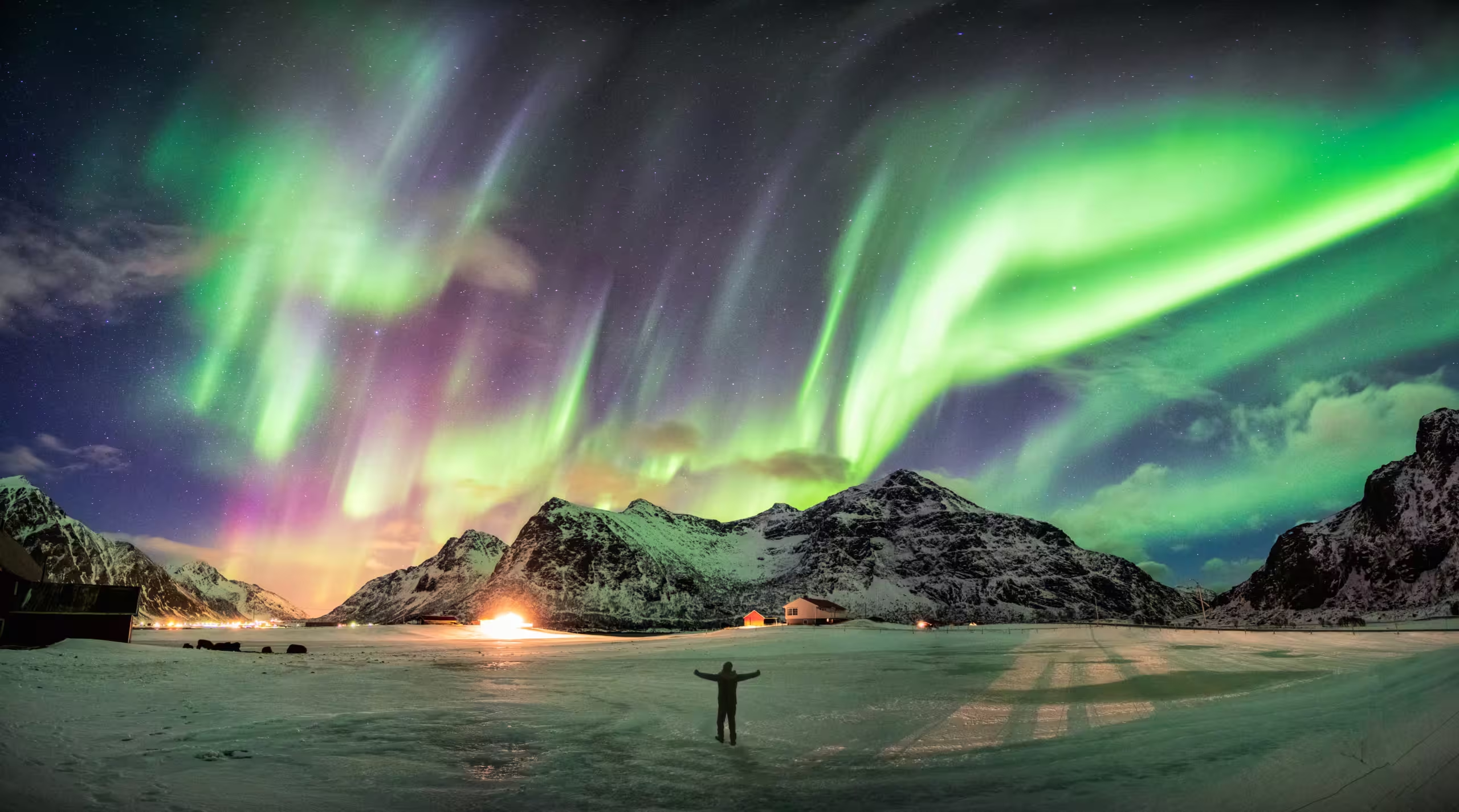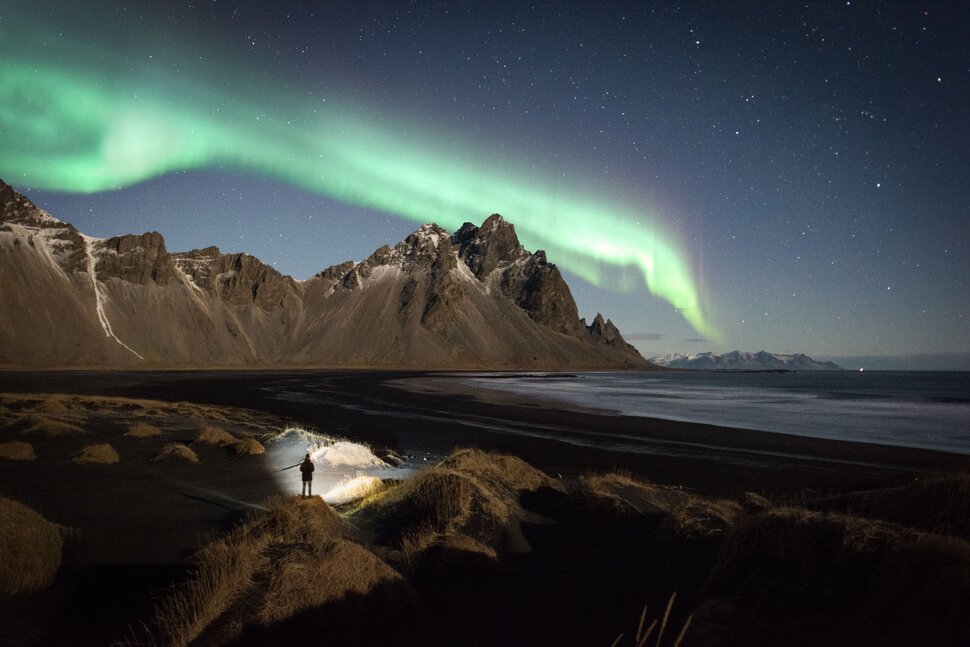What Is The Aurora Borealis?

The impact of 5G technology on business and society
Source: TechFruit
The Aurora Borealis, or Northern Lights, is a natural light display in the sky, typically seen in high-latitude regions like Alaska and Iceland. It occurs when charged particles from the Sun, carried by solar winds, collide with Earth’s atmosphere. These particles excite the atoms and molecules in the atmosphere, causing them to emit light of various colors, most commonly green, red, and purple.
What are Solar Storms?
Solar storms are intense bursts of energy and radiation released from the Sun. These storms can consist of Coronal Mass Ejections (CMEs), which are large eruptions of plasma and magnetic particles from the Sun’s corona. While these storms can disrupt satellites and power grids, they can also create the spectacular displays of the Aurora Borealis under exceptional circumstances.

Renewable energy
Source: Royal HaskoningDHV
Are Solar Storms Hazardous?
The intensity of solar storms varies greatly. While powerful storms can have negative effects on technology and infrastructure, they are not typically hazardous to humans. However, scientists continuously monitor solar activity to mitigate potential risks.
Nat Geo's Predictions for 2024
In 2023, National Geographic released predictions indicating heightened auroral activity for the year 2024. These forecasts were based on solar activity trends and anticipated increases in geomagnetic storms, which are key factors in the formation of the Northern Lights. True to these predictions, 2024 proved to be a year of abundant auroral displays, delighting skywatchers around the world.
The recent solar storm was exceptionally strong, releasing a large amount of charged particles. This intensity allowed the auroras to become visible at a lower latitude than usual .A powerful solar storm triggered vibrant auroras, typically confined to the high Arctic and Antarctic latitudes, were visible in regions like Oregon, Texas, Spain,Ladakh,Mexico and the United Kingdom.

What to Expect in 2025
- Peak of Solar Cycle 25: By 2025, Solar Cycle 25 is expected to reach its peak, known as the solar maximum. This period will bring increased solar activity, leading to more frequent and vivid auroras.
- Visibility at Lower Latitudes: During the solar maximum, auroras can often be seen farther from the poles. This means that regions in the northern United States and central Europe, which don’t typically experience frequent auroras, might have more opportunities to witness them.
- Tourism and Exploration: As awareness of the Northern Lights grows and predictions for 2025 generate excitement, regions known for their auroral displays may experience a surge in tourism. Destinations like Tromsø in Norway, Fairbanks in Alaska, and Yellowknife in Canada are likely to see increased interest from travelers seeking to witness the auroras in all their glory.
Tips for Aurora Chasers
- Stay Informed: Keep an eye on reliable sources like National Geographic for updates on solar activity and auroral predictions. Understanding the science behind the Northern Lights can enhance your appreciation of this natural wonder.
- Plan Ahead: If you’re considering a trip to see the auroras in 2025, it’s advisable to plan well in advance. Booking accommodations and tours early can help ensure you have the best possible experience.
- Be Patient and Flexible: While predictions provide valuable guidance, nature can be unpredictable. Be prepared to adjust your plans based on weather conditions and other factors that may influence auroral visibility.

